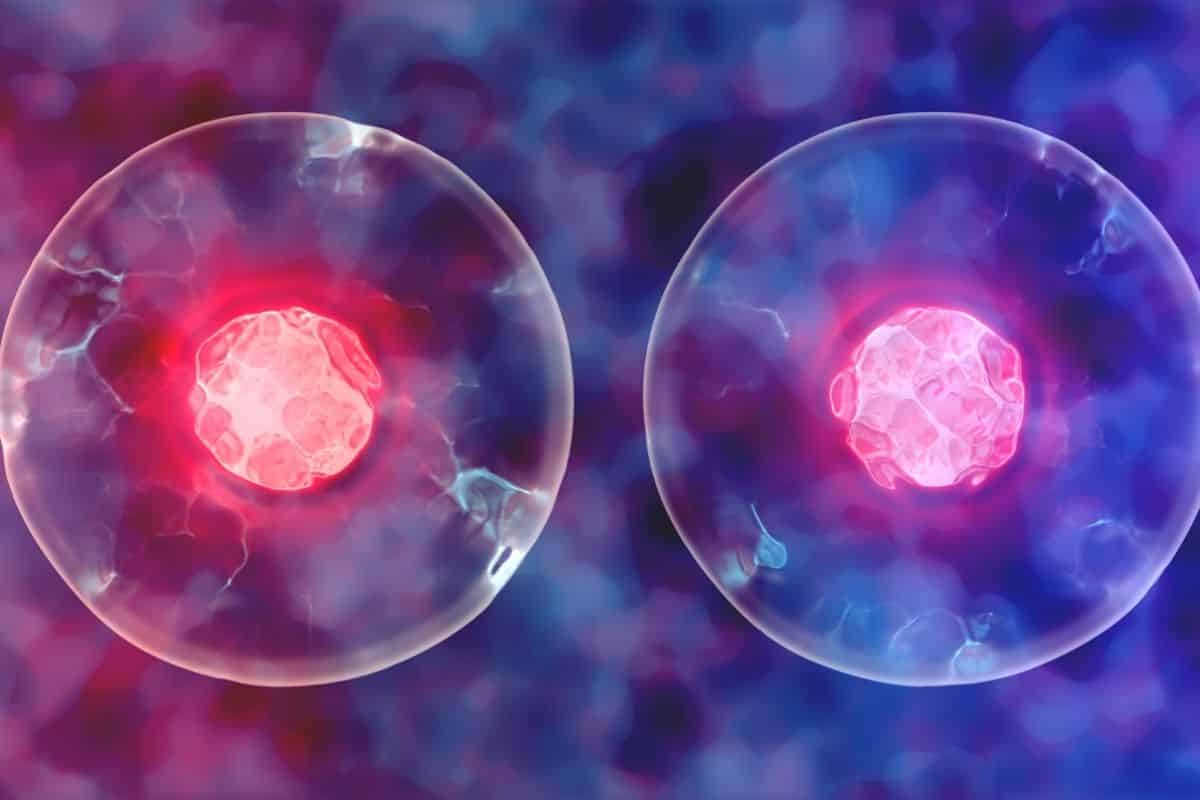
Scientists have shown that it is possible to clone mice using freeze-dried body cells. A breakthrough.
Many scientists are very concerned about today’s biodiversity. In fact, not so long ago, a study showed that we have already lost a staggering 150,000 to 260,000 species since the year 1500. Many fear a sixth mass extinction. But researchers have found in a new study published in the journal Nature Communications, a promising way to save endangered species from extinction. And by cloning them in a groundbreaking way.
clone
Animal cloning is seen as one of the ways to safeguard biodiversity and save endangered species from extinction. But effective and successful cloning is not that easy. For example, collected samples must be stored at extremely low temperatures. Not only is this expensive, it is also vulnerable in the event of a power outage. “In addition, liquid nitrogen must be constantly replenished,” researcher Teruhiko Wakayama told Scientias.nl from. “If, for whatever reason, that doesn’t work, all egg and sperm cells will melt and become useless. That is why we believe a method is needed that does not use liquid nitrogen or extremely cold freezers. And we believe that freeze-drying (where the samples are kept in a more stable form that does not require extreme temperatures, ed.) is the only way to achieve this.”
freeze-drying
The freeze-drying of cells is not entirely new. Recent developments have already enabled the storage of freeze-dried semen, for example. And that is already a step in the right direction. “One drawback, however, is that eggs and sperm cannot be collected from old or infertile animals,” Wakayama says. “Even from healthy females it is difficult to obtain eggs.”
Freeze-dried somatic cells
To meet these challenges, Wakayama and his colleagues took a different approach. Previous research has shown that it is possible to generate cloned offspring from somatic cells. Somatic cells are all body cells with the exception of sex cells. Consider, for example, skin cells. And that’s promising. “Somatic cells can be obtained easily from any animal and in large quantities,” Wakayama says. The researchers asked themselves an intriguing question. Because could cloned offspring also be generated from freeze-dried somatic cells? “If somatic cells can be stored at room temperature using freeze-drying technology, two problems can be solved at once,” Wakayama said.
Mice
In the new study, the researchers took up the challenge and freeze-dried several mouse cells. During this process, the cells were stored at a temperature of -30 degrees Celsius for nine months.
Embryos
Although the cells died during the freeze-drying, the researchers were still able to successfully generate blastocysts (early embryos). How? By inserting the nuclei of the dead, frozen cells into unfrozen oocytes that had their own nuclei removed. Eventually the embryos grew into full-fledged cloned mice.
Boy
And not only that. Three male and nine female clones were also able to reproduce and successfully produce offspring. This indicates normal fertility of the cloned animals. In short, with the study the researchers have proven that mice, cloned using freeze-dried somatic cells, can also have healthy young themselves again.
Breakthrough
The study is a major breakthrough. “We have developed a technique to clone mice from freeze-dried body cells,” concludes Wakayama. “This is something that nobody has managed to do until now. Our first success was the freeze-drying of sperm. Since then, nothing but semen has ever been freeze-dried. That’s why it’s really amazing that so many offspring were born after freeze-drying body cells other than sperm.”
Success Rate
Despite the groundbreaking achievement, the process needs much further refinement. The success rate for creating healthy female and male mouse pups was only 0.2 to 5.4 percent. But Wakayama sees it rosy. “The world’s first clone, Dolly the sheep, had a success rate of only 0.4 percent,” he says. “The success rate of the world’s first successful experiments is usually low. The next scientist will conduct an experiment with a higher success rate.”
DNA damage
Another point of attention is that the freeze-drying of body cells causes a lot of damage to the DNA. “This greatly reduced the birth rate of the cloned mice,” Wakayama said. In addition, in some cells, the Y chromosome was lost, giving birth to female mice from cells obtained from male animals. “However, all the cloned mice were normal,” Wakayama says. “This means that we can make improvements relatively easily. We believe that in the future we can reduce abnormalities and increase the birth rate by optimizing drying methods, among other things.”
Despite the ethical questions involved in animal cloning, the researchers say the findings indicate that freeze-drying somatic cells could be a viable alternative to cloning endangered species. And possibly one day this technique could actually be used to revive lost species.
Source material:
†Mice cloned using freeze-dried cells are able to have pups– University of Yamanashi (via Scimex)
Interview with Teruhiko Wakayama
Image at the top of this article: cokada by Getty Images Signature (via canva.com)